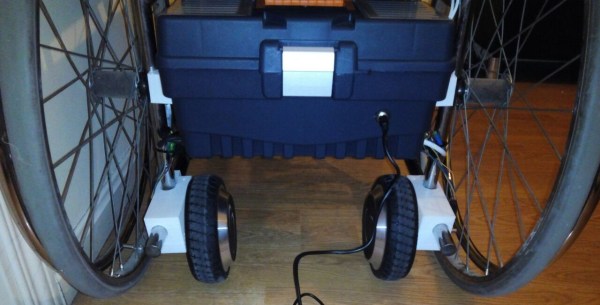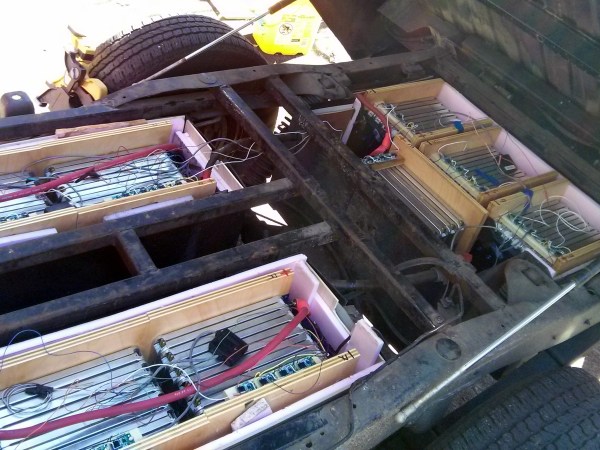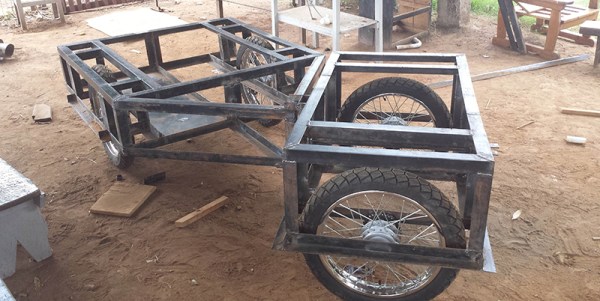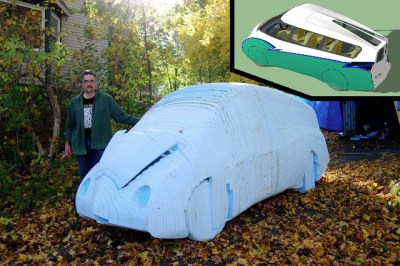[Irene Sans] and [Alvaro Ferrán Cifuentes] feel that electric wheelchairs are still too expensive. On top of that, as each person’s needs are a little different, usually don’t exactly fit the problems a wheelchair user might face. To this end they’ve begun the process of creating an open wheelchair design which they’ve appropriately dubbed OpenChair.
As has been shown in the Hackaday Prize before, there’s a lot of things left to be desired in the assistive space. Things are generally expensive. This would be fine, but often insurance doesn’t cover it or it’s out of the range of those in developing nations. As always, the best way to finish is to start, so that’s just what [Irene] and [Alvaro] has done.
They based their initial design on the folding wheel chair we all know. It’s robust enough for daily use and is fairly standard around the world. They designed a set of accessories to make the wheelchair more livable for daily use as well as incorporating the controls.
The next problem was locomotion. Finding an off-the-shelf motor that was powerful enough without breaking the budget was proving difficult, but they had an epiphany. Why not use mass production toy crap to their advantage. The “hoverboards” that were all the rage this past commerical holiday season were able to roll a person around, so naturally a wheelchair would be within the power range.
They extracted the two 350 watt hub motors, batteries, and control boards. It took a bit of reverse engineering but they were able to get the hub drive motors of the hoverboard integrated with the controls on their wheelchair.
In the end they were able to cut the price of a regular electric wheelchair in half with their first iteration and set the foundation for future work on an open electric wheelchair system. Certainly more work could bring even better improvements.


















 The simplest solar builds can be as fun as
The simplest solar builds can be as fun as  Getting energy from the sun is one thing, and putting it to use is another thing entirely. We spend a lot of energy on transportation, and for that there’s
Getting energy from the sun is one thing, and putting it to use is another thing entirely. We spend a lot of energy on transportation, and for that there’s 








